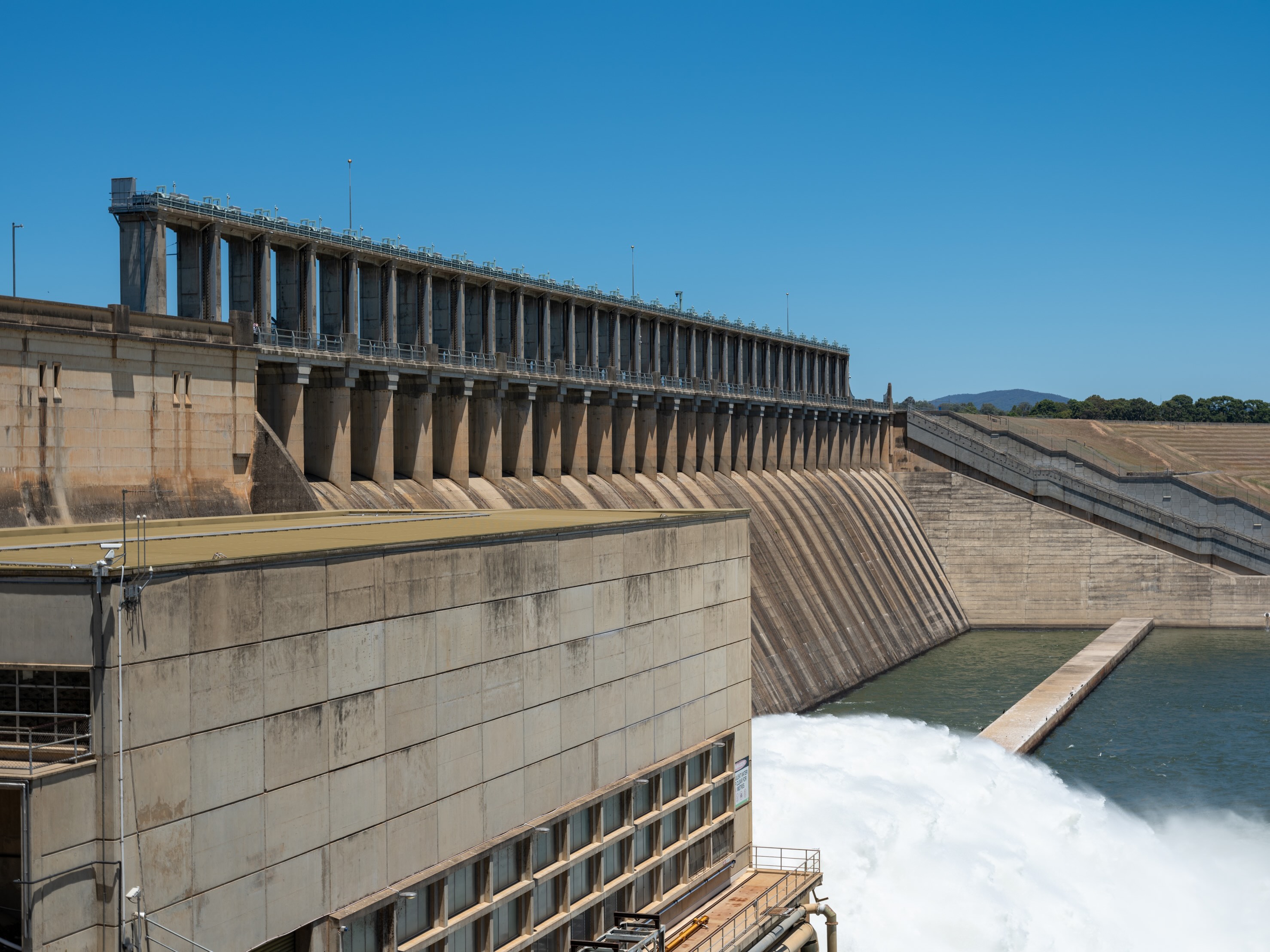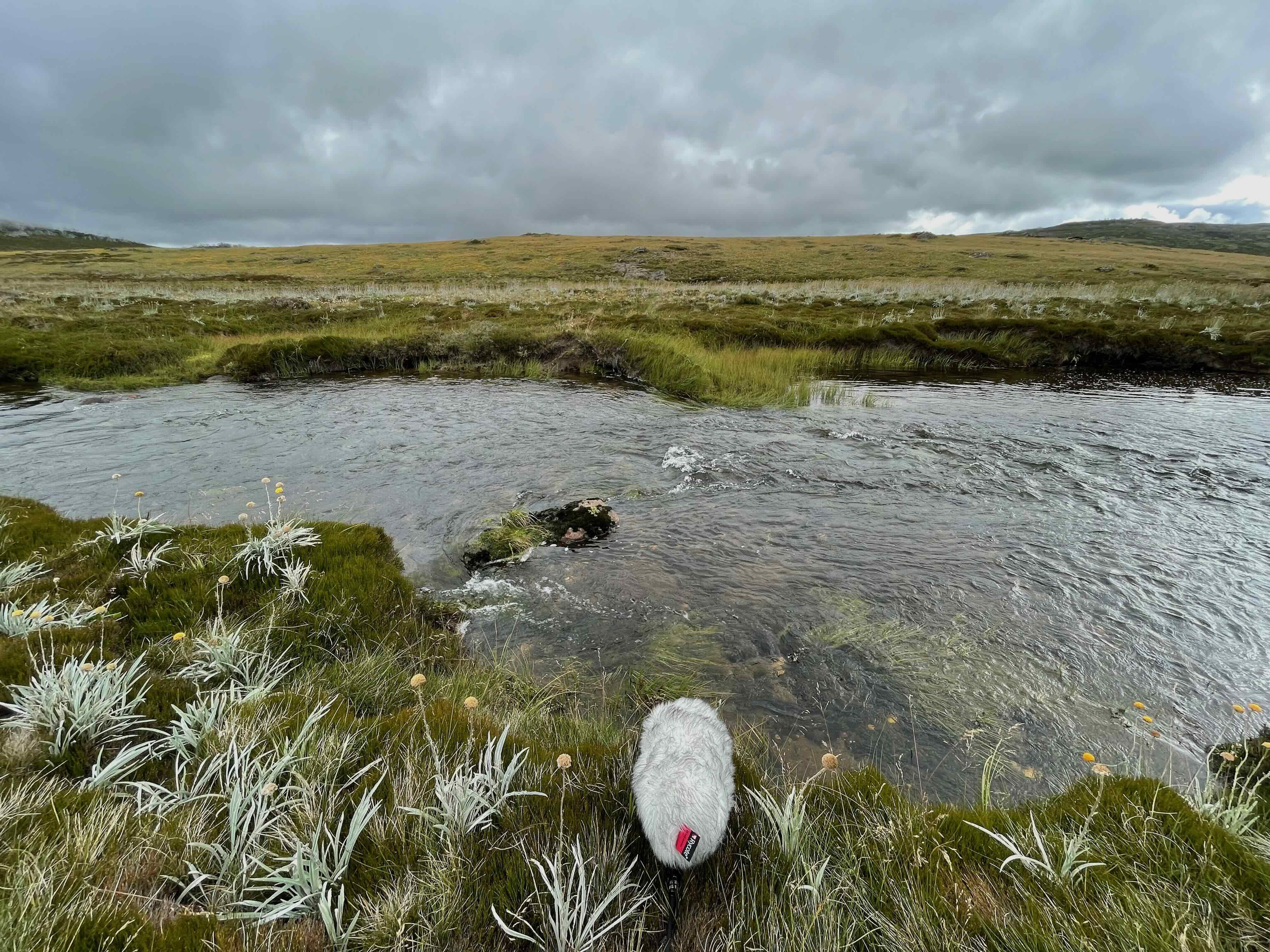The Kiewa River Sound Map

This project traces the length of the Kiewa River from its origin as snow melt in the Bogong High Plains in Northeast Victoria to the Murray River where it ends. Over its 109-kilometre length the river winds through diverse ecosystems, including montane forests, riverine habitats, and alpine meadows. This ecological diversity supports a wide array of plant and animal species, contributing to the overall biodiversity of the region that is crucial for maintaining ecological balance and ensuring the resilience of native flora and fauna.
The Kiewa River Sound Map will use complex audio-visual equipment and water and soil samples from 12 locations along the river. The data will inform the design of an interactive website where audiences can experience different facets of the river. While sound and image represent specific environmental characteristics, water and soil samples provide evidence of hidden anthropogenic impacts from industrialisation, agriculture, and other human activities that have introduced pollutants into the river system. Archival research focusing on environmental sustainability, agricultural productivity, water management, tourism and cultural heritage will further contextualise the project.
The Kiewa River Sound Map bears witness to change that is usually incremental but increasingly exponential evidenced by accelerated social and environmental transformation. The practice of fieldwork offers a mechanism to engage with and register change, and to preserve and advocate for these mutable ecologies and their attendant stakeholders. Artists play a vital role in observing and recording the tension between climate, landscape, technology, and human action, to demonstrate the interconnectedness of things.

The Kiewa River Sound Map is supported by the Gwaertler Stiftung.